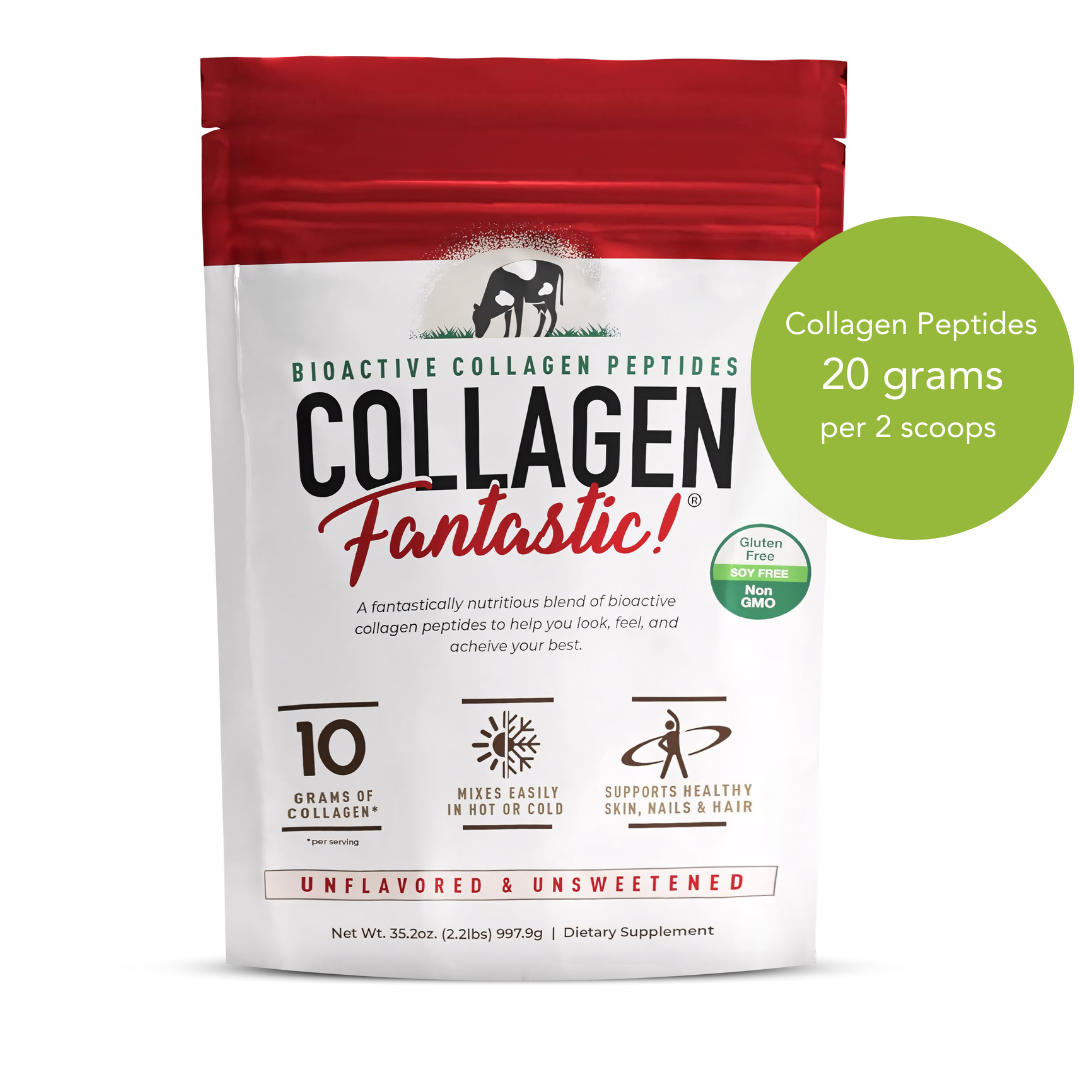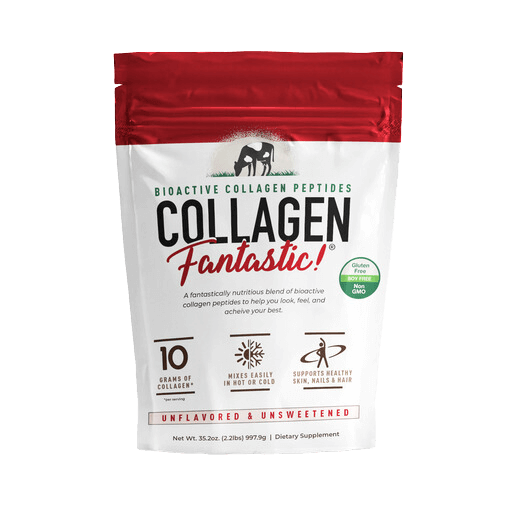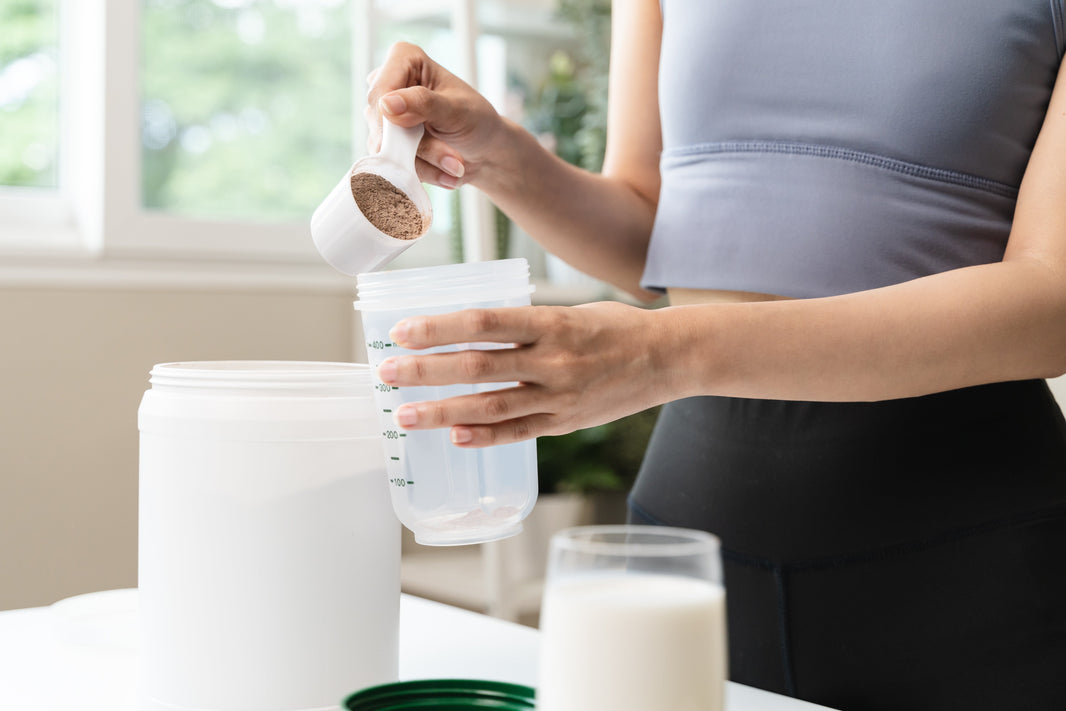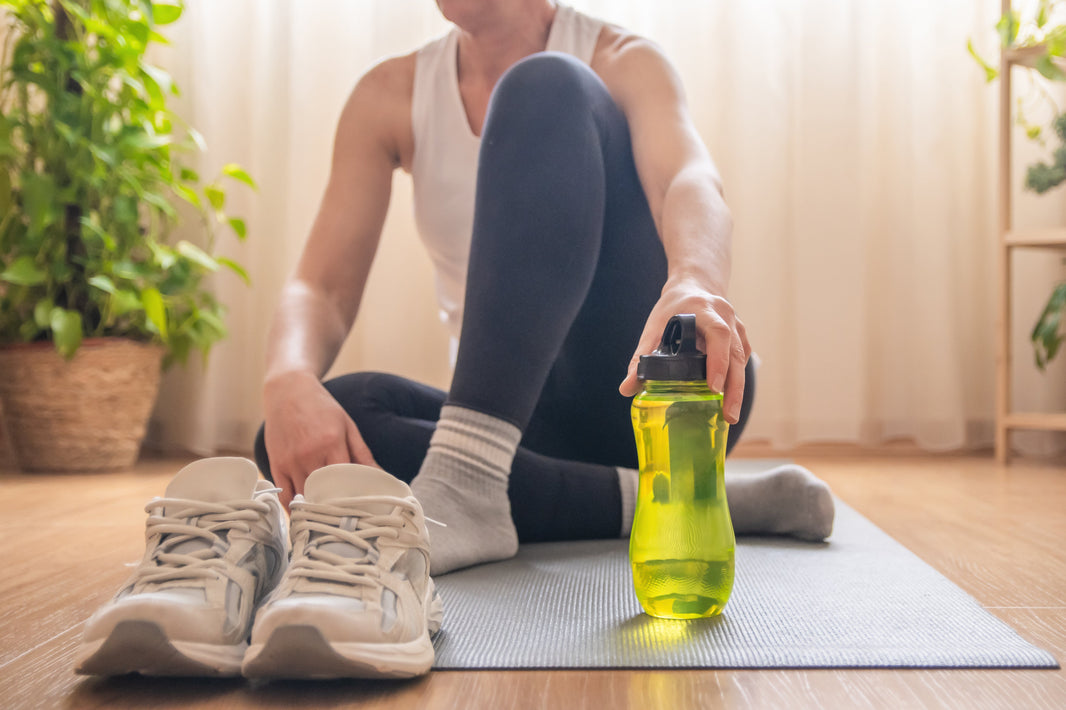Key Takeaways
-
Training breaks your body down; recovery is what builds it back stronger. Without a proper recovery plan, effort in the gym won’t translate to results.
-
Most active adults under-recover — not from laziness, but from overtraining, under-eating, and undervaluing sleep.
-
Effective recovery includes balanced nutrition, adequate protein, hydration, rest, and stress management.
-
Whey protein accelerates muscle repair, while creatine monohydrate replenishes energy and supports consistent performance.
-
Consistency is key. Building a personalized recovery routine can keep progress steady well into your 40s, 50s, and beyond.
Introduction: Why Recovery Is the Hidden Half of Progress
Most people think fitness success comes from training harder.
But what separates the strong, lean, and energetic from those who stay stuck isn’t who works harder—it’s who recovers better.
Recovery is where adaptation happens. It’s when muscles repair, energy stores refill, and your body learns to perform at a higher level. Without enough recovery, the same workouts that once built progress start breaking it down.
For active adults balancing workouts with careers, families, and busy lives, recovery is often the first thing to get cut—and the last thing the body can afford to lose.
This guide explains how recovery really works, what most people get wrong, and how to build a daily recovery routine that keeps you strong, lean, and resilient for years to come.
The Science of Recovery: What Actually Happens After You Train
When you exercise—whether it’s strength training, cycling, or running—you cause microstress to your body.
Muscles develop microscopic tears, energy stores deplete, and inflammation rises temporarily.
Recovery is the period where your body:
-
Repairs those microtears, making muscles stronger and denser.
-
Replenishes glycogen (stored energy in muscle cells).
-
Balances hormones disrupted by exertion.
-
Adapts—improving performance, endurance, and strength.
The faster and more efficiently your body can complete that process, the faster you progress.
Why Most People Don’t Recover Enough
Despite best intentions, many people unknowingly sabotage recovery in subtle ways:
-
Skipping post-workout nutrition or under-eating protein.
-
Training intensely every day without rest.
-
Sleeping too little or too inconsistently.
-
Letting chronic stress go unchecked.
-
Ignoring hydration and micronutrients.
Individually, these seem minor. Combined, they create the perfect storm for stalled progress, fatigue, and injury.
A strong recovery plan isn’t an indulgence—it’s the engine of growth.
Step 1: Refuel With the Right Nutrition
Your muscles can’t rebuild what you don’t feed them.
Protein, carbohydrates, and hydration are the foundations of post-workout recovery.
Protein: The Repair Material
Exercise increases protein turnover, which means your body breaks down and rebuilds muscle faster.
If you don’t supply enough amino acids, that rebuilding process slows dramatically.
-
Aim for: 20–30 grams of protein within an hour after training.
-
Best source: Whey protein, because it digests quickly and has the highest leucine content, the amino acid most responsible for muscle synthesis.
-
Fantastic Nutrition tip: Mix one scoop of Whey Protein ([link to whey protein product page]) with water or milk post-workout for optimal repair.
Carbohydrates: The Energy Refill
Carbs restore glycogen, your muscles’ preferred energy source.
Pairing carbs with protein post-workout improves recovery and reduces soreness.
Example combo:
-
Whey protein shake + banana
-
Chicken and rice bowl
-
Greek yogurt with fruit
Hydration: The Recovery Multiplier
Even mild dehydration (1–2%) reduces muscle recovery and performance.
Drink consistently throughout the day, not just after workouts.
Add electrolytes or fruit-infused water if you train intensely or sweat heavily.
Step 2: Sleep Like It’s Part of Your Training Plan
You don’t grow stronger in the gym—you grow stronger in your sleep.
During deep sleep, the body releases growth hormone, which drives tissue repair and fat metabolism.
Inadequate sleep disrupts this process, increasing cortisol (the stress hormone) and slowing muscle recovery.
The Ideal Target
-
7–9 hours per night for most adults
-
Maintain consistent bed and wake times
-
Reduce screen exposure 30 minutes before bed
Simple Sleep Enhancers
-
Keep your room cool and dark.
-
Avoid heavy meals or alcohol close to bedtime.
-
A small serving of collagen peptides before bed may support overnight recovery for connective tissue ([link to collagen peptides product page]).
Good sleep is not just a luxury—it’s the foundation that amplifies every other part of your recovery strategy.
Step 3: Take Advantage of Active Recovery
Active recovery means moving gently between training sessions to promote circulation and reduce stiffness.
Why It Works
When you move, you stimulate blood flow, which delivers oxygen and nutrients to damaged muscle tissue.
It also flushes out metabolic byproducts that cause soreness.
Examples
-
A 20–30 minute walk
-
Gentle yoga or stretching
-
Cycling at an easy pace
-
Light mobility or foam rolling
Even just 10 minutes of movement on rest days can significantly improve how your body feels and performs.
Step 4: Use Creatine to Boost Energy and Repair
Creatine isn’t only for powerlifters—it’s for anyone who wants better recovery, energy, and performance.
What Creatine Does for Recovery
Creatine increases phosphocreatine stores in muscles, allowing them to regenerate ATP (energy) faster between sets or workouts. This helps you:
-
Train harder and longer before fatigue sets in.
-
Recover faster from high-intensity exercise.
-
Maintain lean muscle even during periods of reduced training.
How to Take It
-
Dose: 3–5 grams daily.
-
Timing: Anytime—consistency is more important than timing.
-
Form: Stick with creatine monohydrate, the purest and most effective form.
Fantastic Nutrition’s Creatine Monohydrate ([link to creatine product page]) dissolves easily in water or your post-workout shake. Regular use supports both immediate energy and long-term recovery.
Step 5: Manage Stress for Better Results
Stress is often the “silent recovery killer.”
When you’re under constant stress, your body releases cortisol, which impairs muscle repair and can increase fat storage—especially around the midsection.
Practical Stress Management
-
Prioritize restorative activities: walking, reading, mindfulness, or time outside.
-
Avoid extreme calorie restriction—it signals stress to the body.
-
Eat consistently throughout the day to stabilize blood sugar and hormones.
Mental recovery is just as important as physical. You can’t separate the two.
Step 6: Listen to Your Body
The best athletes in the world share one underrated skill: body awareness.
They know when to push, and when to rest.
Signs You Need More Recovery
-
Persistent soreness or joint pain
-
Trouble sleeping despite exhaustion
-
Declining workout performance
-
Mood changes or irritability
-
Frequent colds or illness
When you notice these, don’t double down—step back, sleep more, eat better, and hydrate.
You’ll come back stronger, not weaker.
Building Your Personalized Recovery Routine
Recovery isn’t one-size-fits-all. It depends on your training intensity, lifestyle, and age.
Here’s a simple framework to create your own recovery plan:
Daily
-
Hydrate consistently.
-
Eat balanced meals with protein at every sitting.
-
Take 3–5 grams of creatine.
-
Get at least 7 hours of sleep.
After Every Workout
-
Refuel with protein + carbs within one hour.
-
Stretch or walk for 5–10 minutes to improve circulation.
Weekly
-
Include at least one full rest day.
-
Add one or two light “active recovery” sessions.
-
Monitor how you feel—if fatigue accumulates, add more recovery time.
Over time, these habits create a rhythm your body can thrive on. You’ll perform better, feel better, and avoid burnout.
Common Recovery Myths (and the Truth Behind Them)
| Myth | Reality |
|---|---|
| “If I rest, I’ll lose progress.” | Rest is where progress happens. Without it, training breaks the body down faster than it can rebuild. |
| “I don’t need protein if I’m not lifting heavy.” | Recovery nutrition matters for all forms of training, from yoga to endurance running. |
| “More stretching equals faster recovery.” | Stretching helps mobility but doesn’t replace sleep, nutrition, or hydration. |
| “Supplements aren’t necessary.” | While not required, quality supplements like whey protein and creatine make recovery more consistent and effective. |











